white
Blue-Eyes White Dragon LOB-001 The Legend of Blue Eyes White Dragon 1st Edition
blue-eyes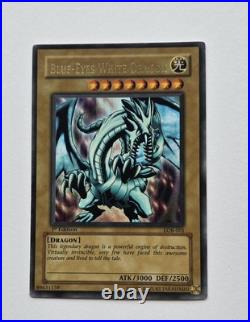
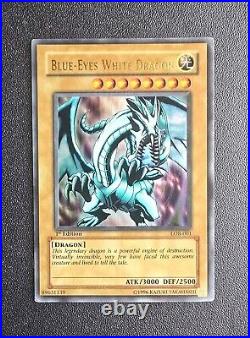
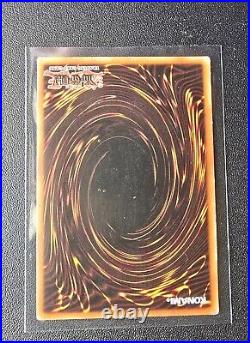

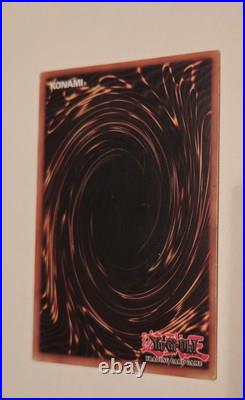
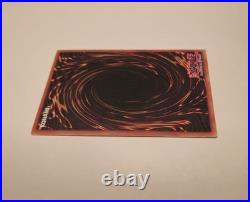

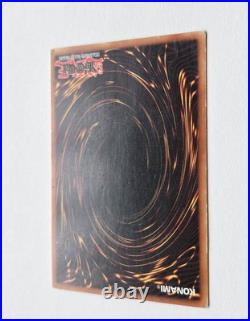

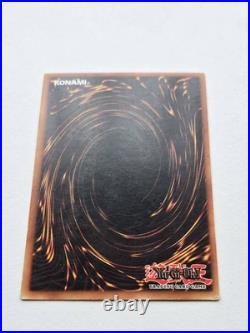
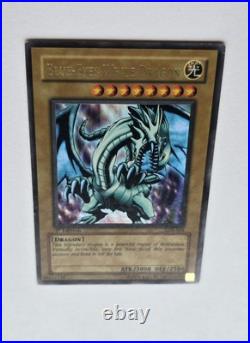
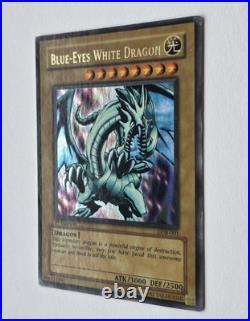

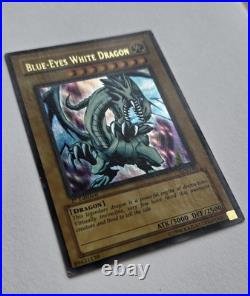
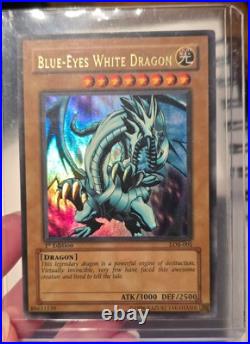

Blue Eyes White Dragon 1st Edition LOB-001 Holographic North American English. Dive into the world of high-flying fantasy with the Blue-Eyes White Dragon from The Legend of Blue Eyes White Dragon set. This Ultra Rare card, featuring the mighty beast with an attack power of 3000 and a defense toughness of 2500, is a must-have for any Yu-Gi-Oh! Card number LOB-001, it’s a standout piece boasting the sought-after 1st Edition status. Crafted by Konami and presented in English, this card’s light attribute adds a unique strategic element to your gaming experience. The Normal card type ensures it fits seamlessly into your deck, allowing you to unleash the legendary power of the Blue-Eyes White Dragon in your next duel.

Opening Yu Gi Oh Structure Deck Blue Eyes White Destiny Yugioh Opening Asmr Shorts Short
openingBlue-Eyes White Dragon SDK-001 Starter Deck CGC Graded
blue-eyes
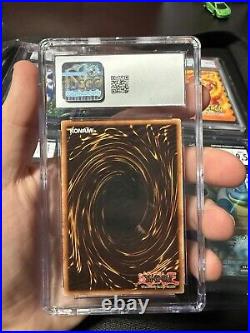

The “Blue-Eyes White Dragon” card is from the Starter Deck: Kaiba set in the Yu-Gi-Oh! It is an Ultra Rare card with 3000 Attack/Power and 2500 Defense/Toughness, belonging to the Dragon Creature/Monster Type. The card is in English and is a 1st Edition featuring the Light attribute. It is manufactured by Konami and has the card number SDK-001. This collectible card game item has been graded by CGC.

Large Vntg Blue and White Porcelain Balustre 18 Inch Dragon vase
large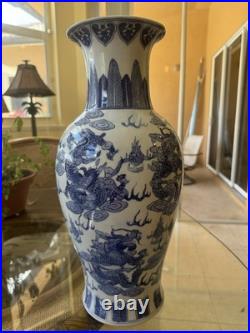
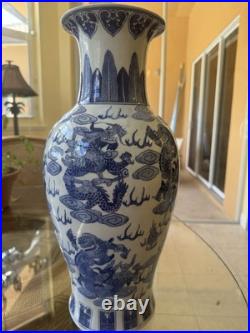
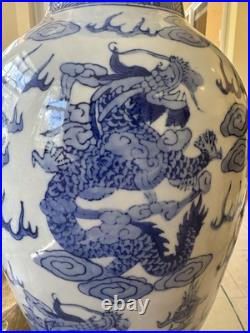

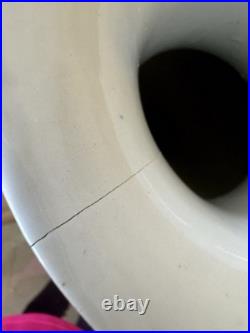
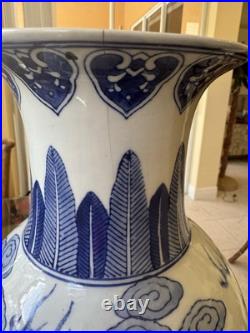
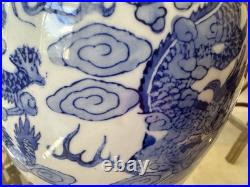
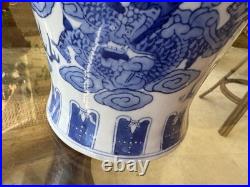
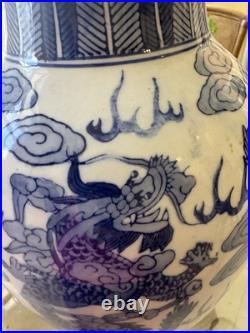
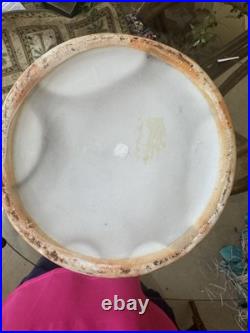
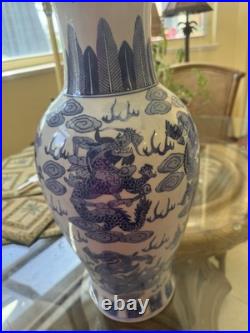
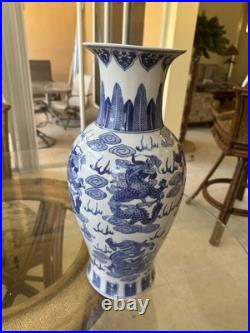

This large vintage blue and white porcelain baluster 18-inch dragon vase is a collectible decorative piece with an Asian design. The round vase features a medium size with a glossy finish, making it suitable for all occasions. Made of ceramic with a blue color and Oriental style, this original vase showcases intricate dragon motifs and blue-white floral themes, adding a touch of elegance to any space. Originating from China, this vase is a unique and striking addition to any collection. Does have a slight hairline cracks at the top but can’t really see it.

Yugioh Psa 10 1st Edition Blue Eyes White Dragon Lob 001
yugiohYuGiOh Blue-Eyes White Dragon #LOB-001 2002 1st Edition Ultra Rare BGS 5
yugioh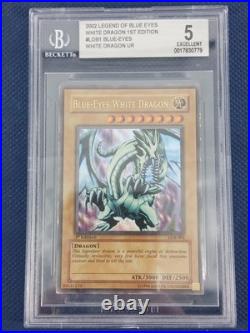
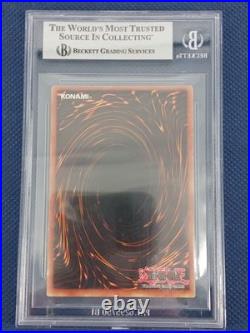

The card shown is the exact card that you will receive. Please see the photos for the condition and card details.

1996 Yugioh Blue-Eyes White Dragon Parallel Secret Rare Limited Edition
yugioh
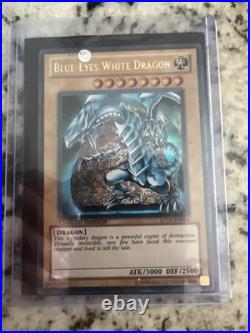

The 1996 Yugioh Blue-Eyes White Dragon Parallel Secret Rare card from the Power of Chaos: Kaiba the Revenge set is a highly sought-after collectible for fans of the Yu-Gi-Oh! This exclusive card features Seto Kaiba’s signature Dragon creature, with a beautiful holo finish and being part of the promo series. Manufactured by Konami, this card is a valuable addition to any card collection, especially for those who appreciate rare and unique cards from the early years of the game.

YuGiOh Blue-Eyes White Dragon #SDK-001 2002 1st Edition Ultra Rare BGS 9 MINT
yugioh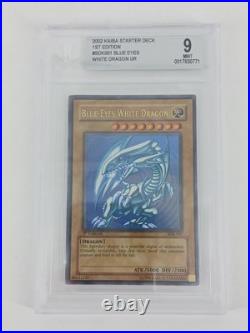
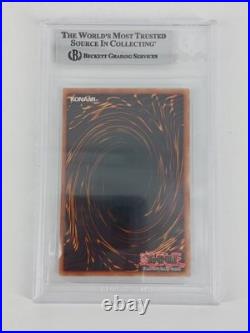

The card shown is the exact card that you will receive. Please see the photos for the condition and card details.

Ming Dynasty Blue & White Dragon Brush Wash Xuande Mark and Period
ming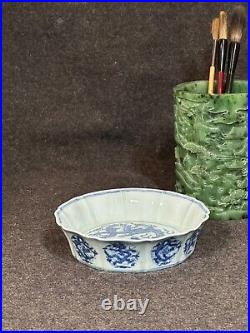
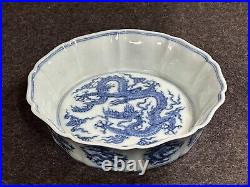
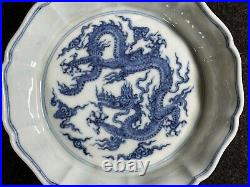
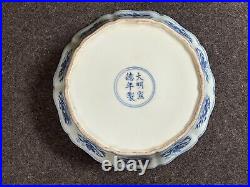
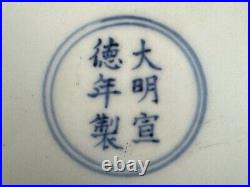
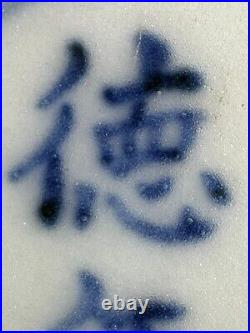
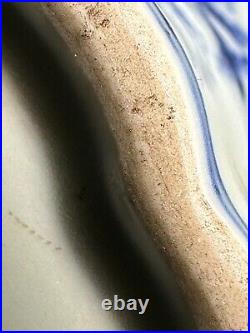

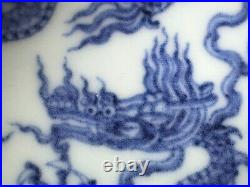
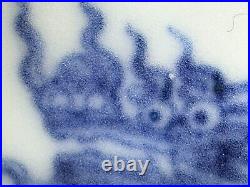
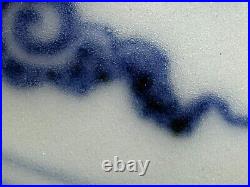

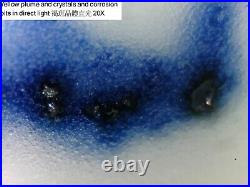
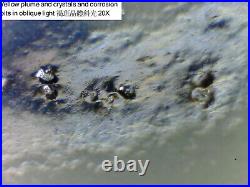
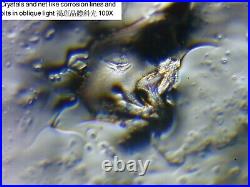


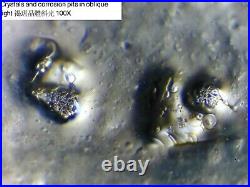
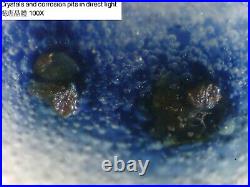
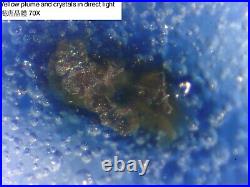
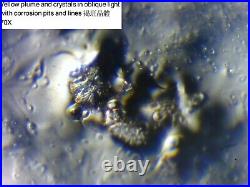

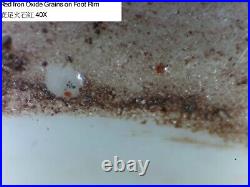


Ming Xuande Blue and White Petalled Dragon Brush Wash. This is a blue and white brush wash from the Xuande era. The bottom bears the typical six-character Xuande reign mark. This style of brush wash was popular during the Yongle and Xuande era of early Ming Dynasty. The central part of the brush wash is decorated with a dragon, with another ten adorning the side wall. Both the artistry and material quality are very refined. The dragons are depicted in high detail. The glaze and cobalt are highly refined to remove impurities. Most of the iron has been removed from the body, resulting in very few red iron oxide spots on the foot rim. To achieve fine details, a mix of domestic and Persian cobalt is used. Persian cobalt was available only during the Yuan Dynasty and early Ming Dynasty. It is identified by its brilliant sapphire-like tone, together with its characteristic “heap and pile” effect due to the diffusion of the pigments. Another characteristic is the formation of yellow plumes and crystals. Thes are present in all the heavy pigment areas of the vessel. Microscopic Identification and Age Signs. We at Liwen Gallery use microscopic examination to positively identify the period and age of this Xuande charger. The following microscopic features evidence the ancient nature of this porcelain vessel. The underglaze blue pigments are formulated with Persian cobalt. It is identified by formation of yellow plumes with crystals from within the glaze. The attached microscope pictures show distinct crystals that require several hundred years to form. This type of cobalt came from the middle east and was available only during the Yuan dynasty and early part of Ming dynasty, up to the middle of the Chenghua era. The presence of Persian cobalt provides evidence that this is from the Ming dynasty since it has never been successfully duplicated with modern technology. Net-like corrosion lines as well as corrosion pits cover the surface of the glaze. These formations only appear on porcelains several hundred years old. Red iron oxide spots and grains are found on the foot rim. These are formed as a result of seepage of iron oxide molecules that coagulate on unglazed surfaces. These can be found on ancient porcelains from the middle of the Qing dynasty and older. All of the above old age signs are evident on the attached microscope pictures. For further discussion on ancient porcelain authentication, please visit the “About” page of our Liwen Gallery website. A Word about Fakes. A simple search would yield a number of porcelain vessels that appear similar to what we offer here. A closer look, however, would show the difference between the production of a four year art student vs artisans who dedicated their entire life creating object d’art for their emperors. Most of them look very old after the artificial aging process. Centuries old porcelains from imperial kilns keep their new look partly due to the high quality of material used, and partly because imperial porcelains are more likely displayed than actually used. Some high quality reproductions can have certain age signs with artificial glaze crackling, discolored bubbles and even cobalt rust spots, but they would appear very different than what we show here with the microscope pictures. Most of our collections came from Europe, and all items in our collection are authenticated by microscopic examination of age signs as well as visual evaluation of material and style consistent with the era. This approach allows us to positively identify period porcelains that cannot be accomplished via traditional visual inspection.










